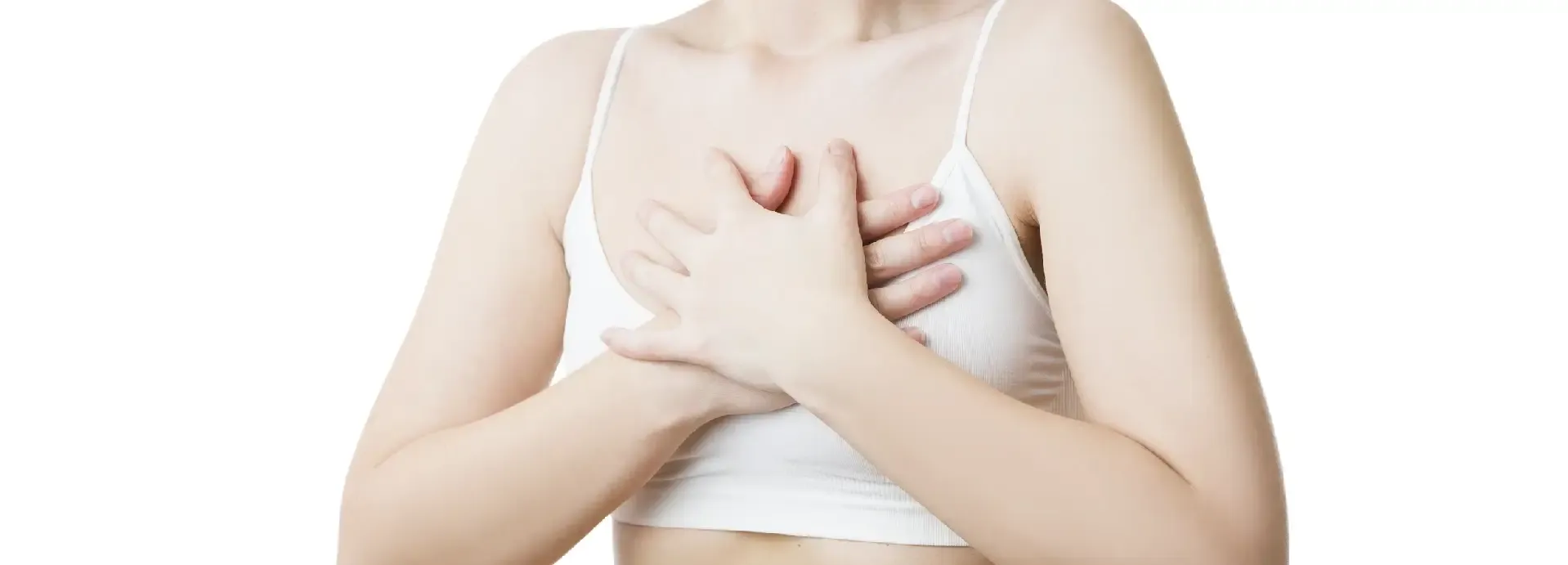What is breast hypoplasia and how does it affect my breasts?
Breast hypoplasia is a condition that affects women and is related to the insufficient development of the breasts. It can cause the breasts to be smaller than average or have an irregular shape, which may lead to insecurity in some women. Fortunately, there are effective treatments to improve the appearance of the breasts, such as breast implants, breast lifts, or combined procedures that help restore volume and shape. Below, we provide a comprehensive overview of what Breast Hypoplasia is, its causes, and the available treatment options.
What is breast hypoplasia?
Breast hypoplasia refers to a condition in which the breasts do not fully develop during puberty or other stages of life. As a result, the breasts may be small or disproportionate. This condition can cause aesthetic and emotional concerns, affecting the self-esteem of many women.
Degrees of breast hypoplasia
There are different degrees of breast hypoplasia, which vary according to the severity of the condition:
Moderate breast hypoplasia:
In this case, the breasts are small but have enough breast tissue to give a natural and balanced appearance. Although the breasts are smaller than average, the difference is not very noticeable.
Moderate Breast Hypoplasia:
Here, the breasts are significantly smaller and may present slight breast asymmetry (one breast being smaller than the other). Women with this degree of hypoplasia may notice that the shape of their breasts does not fully meet their expectations.
Severe Breast Hypoplasia:
In the most severe cases, the breasts are very small, lacking volume and projection. Breast asymmetry can also be evident, making it difficult to find well-fitting clothes and bras, or to feel fully comfortable with their body.
Causes of breast hypoplasia
The causes of breast hypoplasia can be diverse, involving genetic, hormonal, and developmental factors. Some of the most common causes include:
Genetic factors:
Breast hypoplasia can be hereditary. If you have a family history of breast hypoplasia, especially if your mother or sisters have experienced this condition, you are more likely to develop it as well. Genetic characteristics influence breast development starting from puberty.
Hormonal Imbalances:
During puberty, pregnancy, or menopause, hormonal changes can affect breast size and shape. Imbalances in female hormones, especially estrogen, can result in insufficient breast development. Women with low estrogen levels may notice their breasts do not develop fully.
Medical conditions and genetic disorders:
In some cases, genetic conditions such as Turner syndrome or Noonan syndrome can cause breast hypoplasia. These disorders can affect a woman’s physical development, including her breasts.
Exposure to Toxins:
Exposure to chemicals and toxins during prenatal development or childhood can influence breast growth. Toxins, such as certain chemicals found in foods, plastics, and pesticides, may interfere with hormone production necessary for breast development.
Symptoms of breast hypoplasia
The symptoms of breast hypoplasia are primarily aesthetic, related to the size and shape of the breasts. Although it is not a condition that causes physical pain, some of the symptoms include:
Breast asymmetry:
Breast asymmetry is common in women with breast hypoplasia. This refers to one breast being noticeably smaller than the other, resulting in a disproportionate appearance and potentially affecting body image confidence.
Lack of projection
In many cases, the breasts may appear flat or lack volume, which can lead to emotional discomfort and impact self-esteem.
Breastfeeding difficulties:
Breast hypoplasia can also be associated with a lack of glandular tissue, which may make it difficult to produce milk and complicate breastfeeding.
Emotional and psychological impact
Breast hypoplasia can place a significant emotional and psychological burden on women's lives.
Insecurity and low self-esteem:
Many women with breast hypoplasia feel insecure about the appearance of their breasts, which can directly impact their self-esteem. This concern can extend to their social, family, and romantic life.
- Discomfort with Physical Appearance
- Feeling of Not Meeting Beauty Standards
- Psychological Consequences:
Anxiety and depression are common among those affected by breast hypoplasia. Fortunately, surgical treatments can enhance self-esteem and restore confidence in women who choose to undergo corrective surgery.
Solutions for breast hypoplasia
While there is no non-surgical solution for breast hypoplasia, plastic surgery can be the treatment option you are looking for. There are several types of treatments:
Solution with Implants:
One of the most effective procedures to correct breast hypoplasia is breast augmentation with implants. This procedure involves inserting prostheses (either silicone or saline) beneath the breast tissue to increase volume and improve breast shape.
Solution with breast lift:
In some cases, women with breast hypoplasia wish to increase breast volume and correct sagging or drooping. A breast lift is a surgical procedure that removes excess skin and lifts the breasts, providing a firmer appearance.
When to Consider Surgery:
If the breasts show sagging or drooping, especially after pregnancy or breastfeeding, and you wish to improve shape and projection without additional implants.
Other procedures:
- Combination of Procedures: In some cases, surgeons recommend combining breast implants with a breast lift to achieve more balanced results.
- Hormonal Treatments (in specific cases): In young women who are still developing, hormonal treatments may stimulate breast growth. These must be supervised by a specialized doctor and are only applied in certain cases.
Frequently Asked Questions
Is it safe to undergo surgery to correct breast hypoplasia?
Yes, breast hypoplasia correction surgery is safe if performed by a board-certified plastic surgeon. It is important to follow postoperative recommendations and attend regular follow-up appointments.
Can I breastfeed after breast augmentation surgery?
Most women can breastfeed after breast augmentation surgery, although some may experience difficulties due to changes in breast tissue.
How long do breast implant results last?
Breast implant results are long-lasting, but they may need to be replaced every 10 to 15 years.
Does breast hypoplasia only affect young women?
No, breast hypoplasia can affect women of all ages. Some women may have this condition since puberty, while others develop it later in life due to hormonal factors such as pregnancy or menopause.
Is it possible to correct breast hypoplasia without surgery?
There are non-surgical options such as dermal fillers, expansion devices, or massage techniques that can offer temporary improvement. However, these treatments are not permanent and do not achieve the same long-lasting results as surgery.


